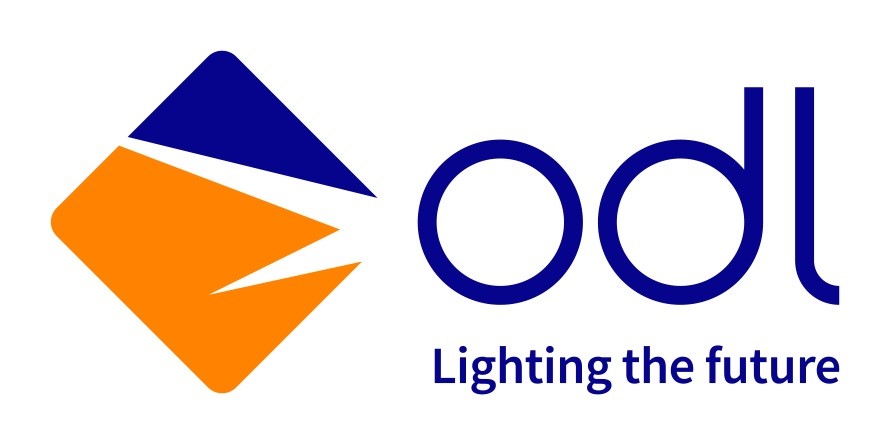-
StatusCompleted
-
Status date2019-04-05
-
Activity Code4D.030

FIRST-FLEX aimed at developing a radically new type of Optical Solar Reflector (OSR), consisting of a fully inorganic coating grown on the first surface of a flexible foil. The coating combines low solar absorbance and high thermal emissivity with good electro-static dissipation properties, and utilizes the foil only as mechanical support. The foil can be chosen within a wide range of materials, from metal sheets to carbon fabrics and polymer films. In the latter case, the coating ensures protection against the space environments and prevents rapid ageing.
FIRST-FLEX stems from a study done in the frame of the Bepi Colombo mission. That study had led to the qualification of an extremely durable fully inorganic thermo-optical coating named Interferential CERMET, designed to protect the High Gain Antenna feed from the very strong solar radiation flows (up to 17 KW/m2) of Mercury orbits. In FIRST-FLEX the process for Interferential CERMETs has been adapted and optimized for large areas and for flexible foils to meet the requirements of an industrial flexible OSR application.
- To reach thermo-optical properties that fully meet the requirements of an OSR application.
- To achieve strong coating adhesion and integrity on foils of different nature, before and after bending and thermal cycles,
- To minimize foil deformation (deviation from planarity) and demonstrate easy handling, cutting, and applicability of the coated foil.
- To demonstrate the feasibility of the coating at the industrial scale, that is on large areas and at high deposition rates by reactive sputtering.
The market of OSRs is currently dominated by OSR quartz tiles, and by Second Surface Silver Mirrors on flexible Fluorinated Ethylene Polymer foils (Ag / FEP foils).
OSR quartz tiles show excellent Thermo-Optical (T.O.) properties and durability, yet they are expensive and tend to break during Assembly, Integration and Testing (AIT). Ag / FEP foils, at the opposite, are easy to handle and to apply, but age rather rapidly in the space environment.
In FIRST-FLEX, we develop a totally new type of OSR, that combines the thermo-optical performance and durability of quartz tiles, with the flexibility and user-friendliness of Ag / FEP foils.
|
Property |
Features |
|
Foil material |
Polyimide , Aluminium, Titanium, CFRP,.. |
|
Foil size |
A4 or larger formats |
|
Foil thickness |
1-5 MIL |
|
Mass |
Comparable to the mass of the uncoated foil |
|
Solar absorbance alpha |
<0.15 BOL Negligible variations in the space environment |
|
IR emissivity epsilon (300 K) |
>0.80 |
|
Sheet resistance |
≤104 Ω/ÿ |
|
Coating adhesion |
Very good after thermal, humidity and bending cycles |
|
Outgassing |
Negligible |
|
Application |
Via Pressure Sensitive Adhesive on the second surface of the foil |
|
Grounding |
Several solutions possible, including perforated interconnects |
FIRST-FLEX flexible OSRs consist of a first surface spectrally selective coating, a thin flexible foil, and a conductive Pressure Sensitive Adhesive at the interface with the radiator panel. Perforated interconnects can be added to establish electrical contact between the first and the second surface, and to ease grounding.
The coating is a fully inorganic thin-film multi-layer named ‘Interferential CERMET’, produced by magnetron sputtering. It was originally developed in the context of the Bepi Colombo program, where it demonstrated extreme durability to UV rays and charged particles.
The coating combines anti-ESD properties with high reflectivity in the solar spectrum (low alpha) and strong absorption in the thermal IR spectrum (high epsilon). Its thermo-optical properties depend on the surface finish, but not on the composition of the foil, that is utilized only as mechanical support and as thermal & electrical contact to the radiator panel. This leaves the thermal designer free to choose within a wide range of foil materials. Metals guarantee better thermal contact to the radiator panel, while polymers are more easily adaptable to curved substrates, and less prone to tear during AIT.
The project lasted 28 months and consisted of 4 phases as follows:
- Review of properties for OSR assemblies
- Identification of candidate materials
- Manufacturing and test preparation
- Testing of candidate materials
A design review was held at month 8, at the end of phase 2, and a test readiness review at month 18, at the end of phase 3.
The project ended in December 2017, with the delivery of prototypes on polyimide, Aluminium, and CFRP foils of different size and thickness. All the samples met the electrical and thermo-optical requirements (alpha < 0.15, epsilon > 0.80) at the begin of life. No mechanical failure and no appreciable thermo-optical degradation was observed after thermal, bending and humidity cycles, nor after ageing (screening tests) with UV and charged particles. Coated foils were successfully used in application and repair tests with radiator mock ups of different nature. Mock ups passed thermal cycles and vibration / pyro-shock tests.





